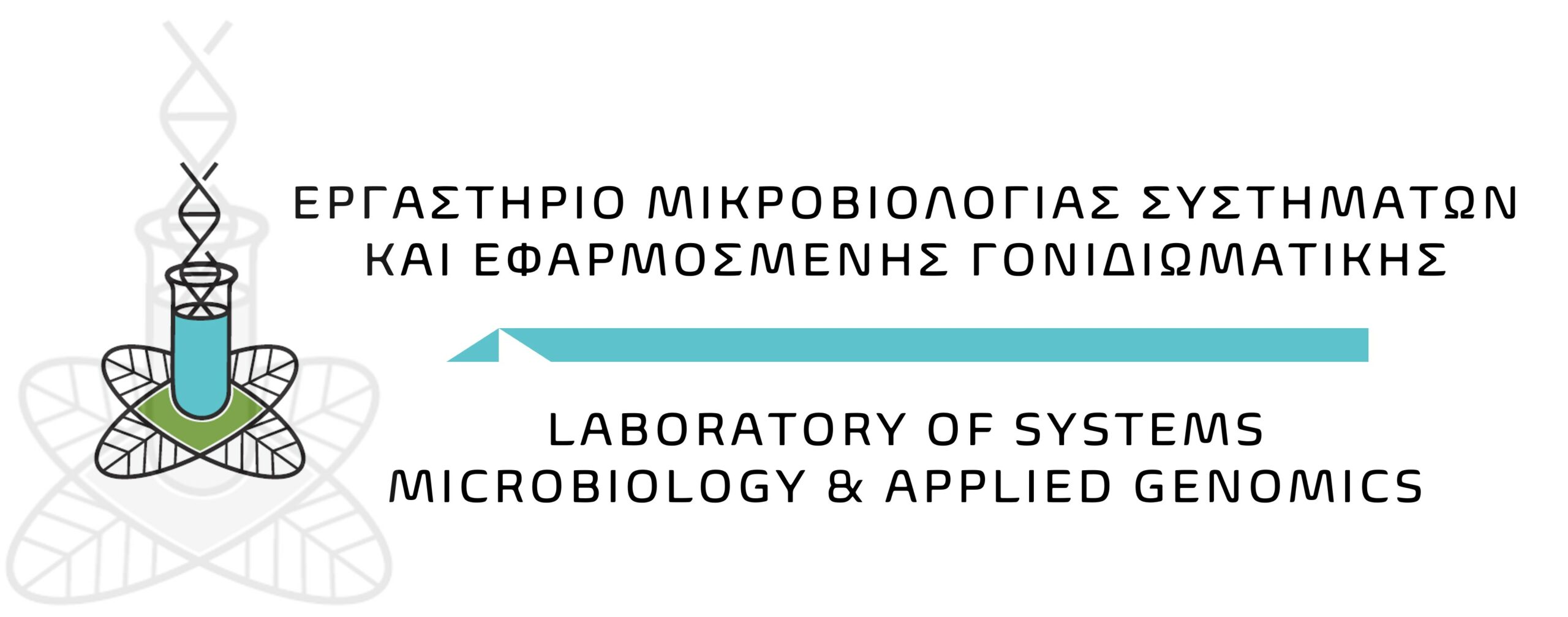Περίληψη
Insects represent the most successful taxon of eukaryotic life, being able to colonize almost all environments. Microbial symbiomes associated with insects, impact important physiologies, and influence nutritional and immune system status, and ultimately, fitness. A variety of bacterial phyla are commonly present in insect guts, including Gammaproteobacteria, Alphaproteobacteria, Betaproteobacteria, Bacteroidetes, Firmicutes, Clostridia, Spirochetes, Verrucomicrobia, Actinobacteria, and others. Among them, the genus Enterobacter has been recognized as a dominant inhabitant of the gut for several important insect species, indicating an essential functional role for this taxon. Here, we review the known Enterobacter functional diversity among insects with respect to insect development, host exploitation, reproduction, and interactions with other organisms, in an attempt to provide an overview of the traits that have resulted in their evolutionary success. Many strains of Enterobacter species are not simply insect commensals but confer beneficial traits to their hosts that primarily fall into two categories: provision and degradation of nutrients and protection from pathogens.
